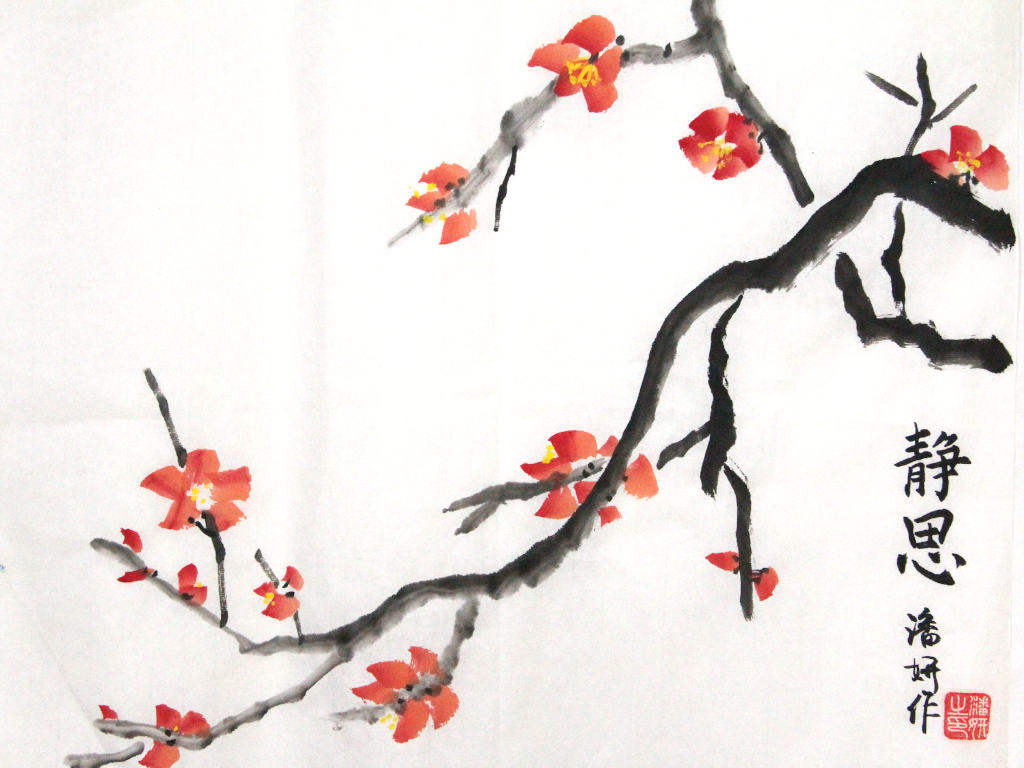Traditional Chinese culture attaches great importance to flowers. This is visible in Chinese art from ancient China. They believe that flowers convey positive messages.
In Chinese culture, there are many flowers associated with people’s lives, all of which carry special symbols. Here is a summary of 10 typical Chinese flowers and the meaning of each flower.
1. Plum Blossom
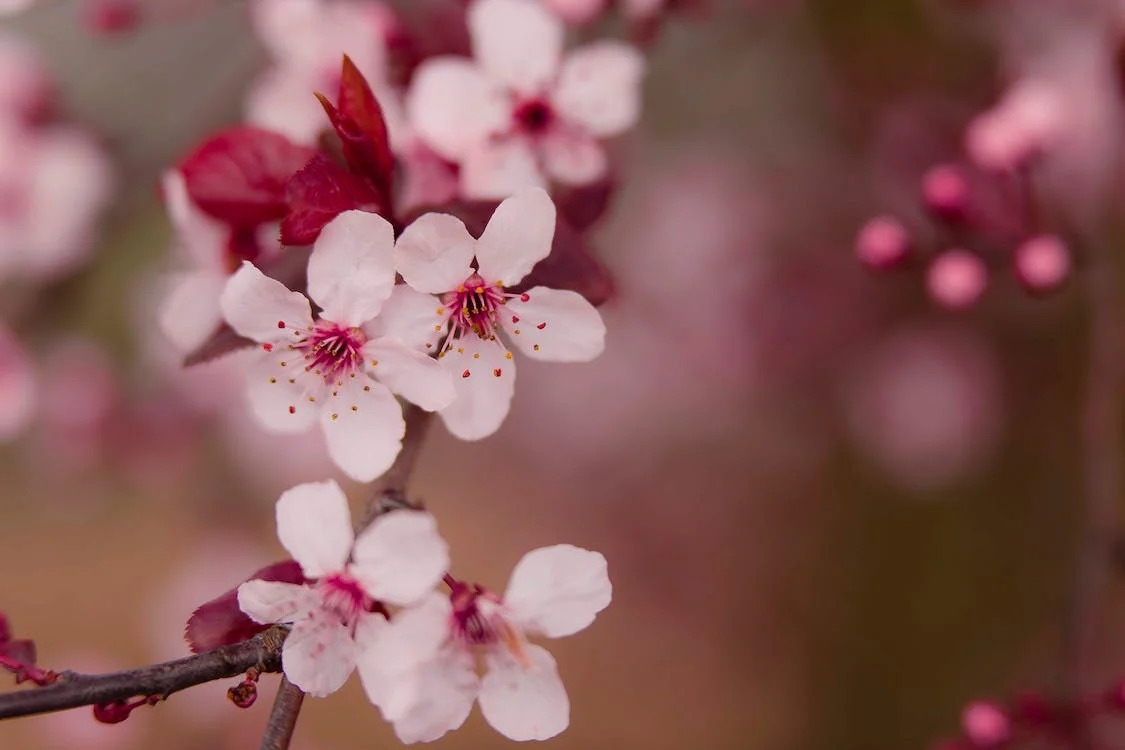
Plum blossoms, also known as ‘Prunus mume’, are among the earliest flowers ever discovered in China. For millennia, the Chinese have portrayed them in poetry and art.
Because it blooms in the winter, the plum blossom is referred to as the “friend of winter” in Chinese tradition. It represents tenacity, endurance, strength, and an unlimited spirit because it grows in the extreme cold.
2. China rose
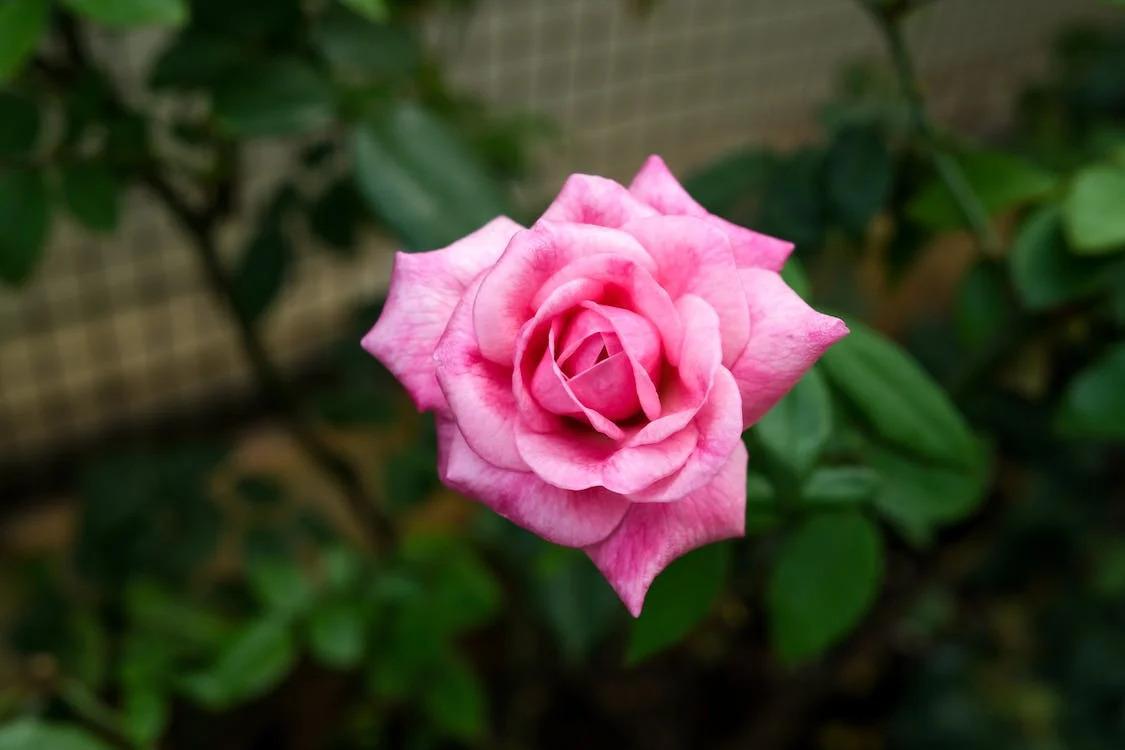
China rose is a member of the Rosaceae family and has its scientific name from China. This flower symbolizes fame, splendor, glory, and wealth.
It can bloom year-round and is the “Queen of Flowers” since it is so stunning. It also has a wide range of colors that can start with red, creamy white, or yellow.
About 50 Chinese towns, including Beijing, have designated the China Rose as their official city flower because of its fearless character.
3. Peony
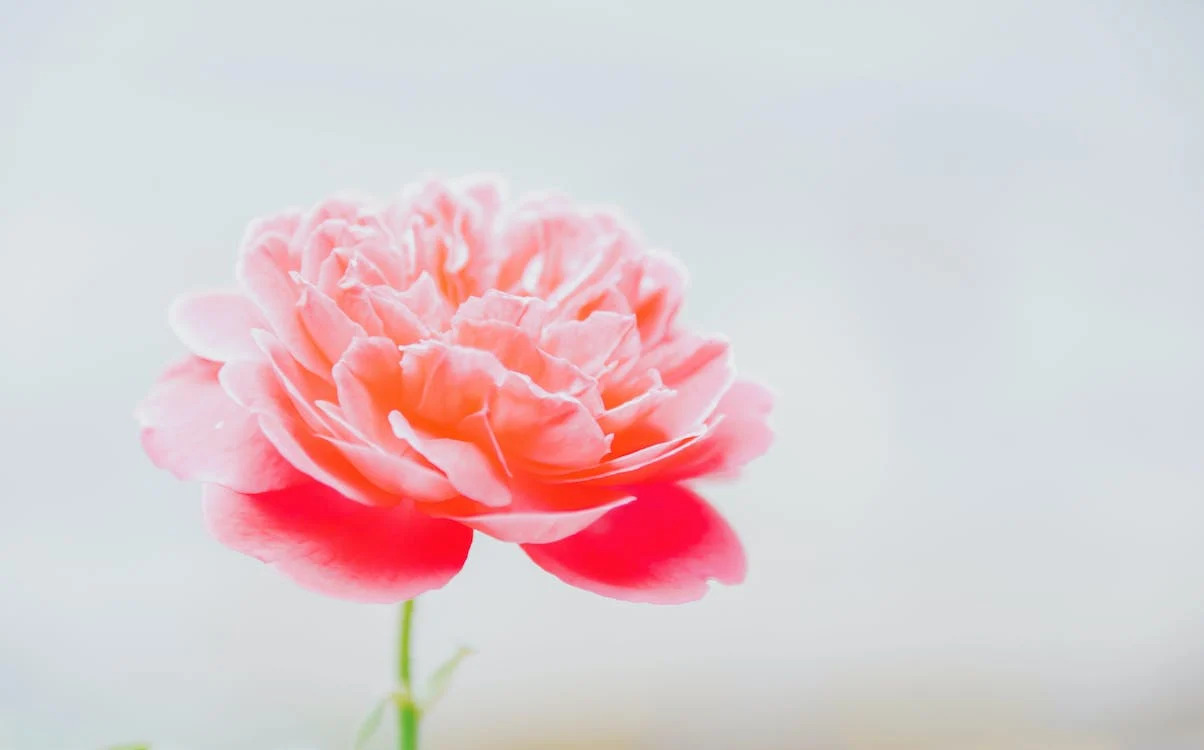
Peony is likewise called Paeonia Suffruticosa. As one of the first flowers to appear in China, it is sometimes called the “King of Flowers.”
In Asian nations, peonies represent prosperity and pleasure. Peonies can also symbolize passion and love. They feature large, frequently red or white petals and are stunning blooms.
In ancient China, they were usually the flower of choice during weddings.
4. Chrysanthemum
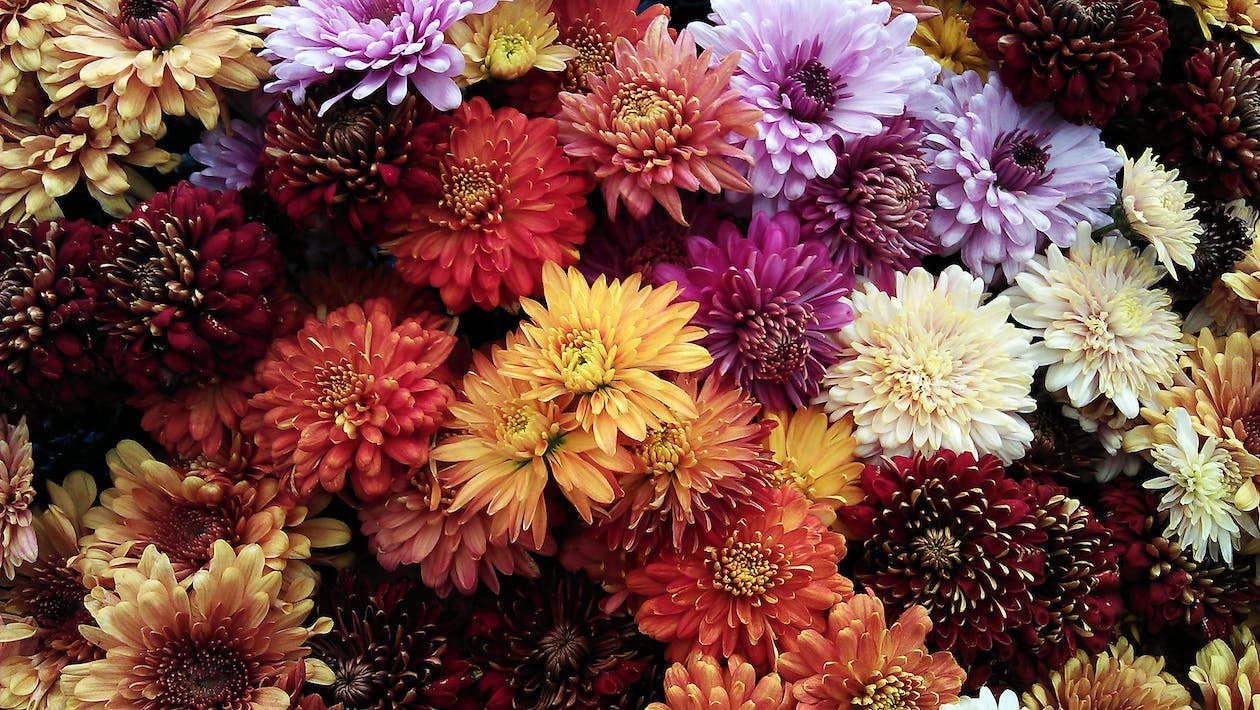
Chrysanthemums originate from China and often refer to as Dendranthema Morifolium. They are herbaceous perennials, and bloom in late autumn. They can have flowers in some colors, including yellow, purple, red, white, and pink.
Chrysanthemums represent endurance and longevity. Their vibrant color frequently draws good energy into people’s lives.
They also go into the well-known chrysanthemum tea. After consuming hot or oily foods, they are ideal for digestion and soothe the stomach.
This flower serves as the ideal source of inspiration for numerous ancient scholars.
5. Lotus
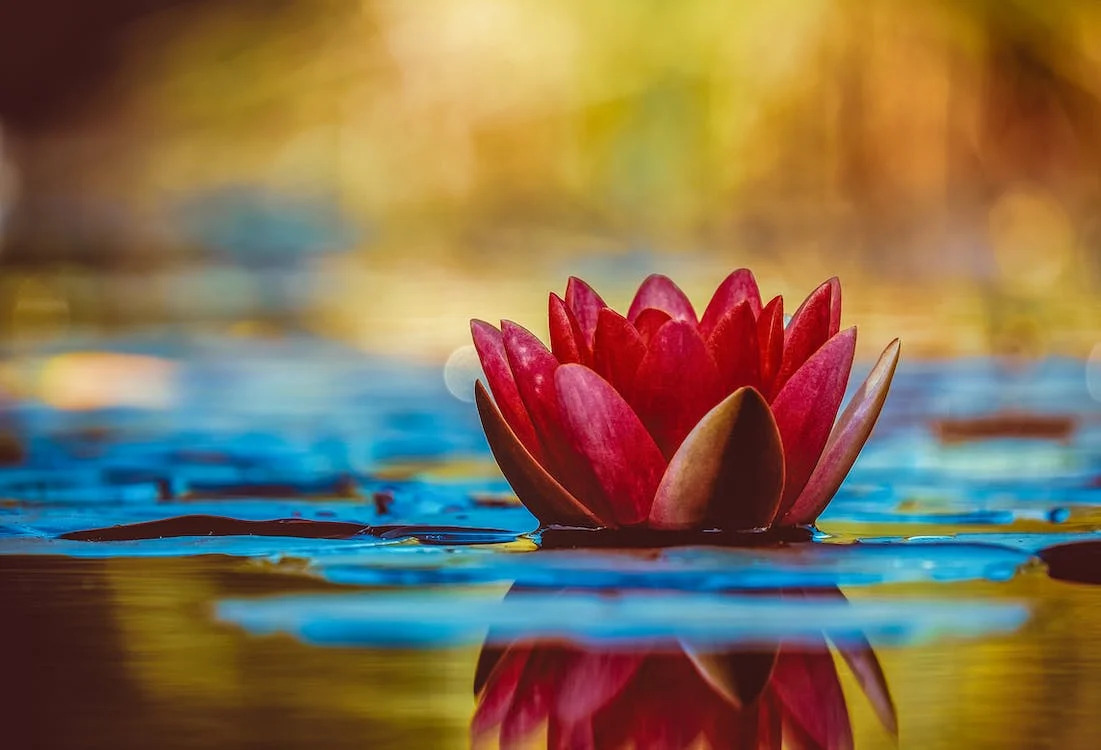
Due to its propensity to overcome numerous challenges to bloom, the Lotus flower has always been significant in Chinese history.
This flower is among the most exquisite blooms on earth despite growing in muddy waters. As a result, it has represented purity, nobility, and wisdom.
Chinese architecture and art frequently feature the lotus blossom. Buddhism is also associated with this flower since it stands for knowledge and serenity. It also represents perfection, a quality that Buddha possesses.
They develop in ponds or aquariums and feature petals that can be pink or white.
6. Orchid
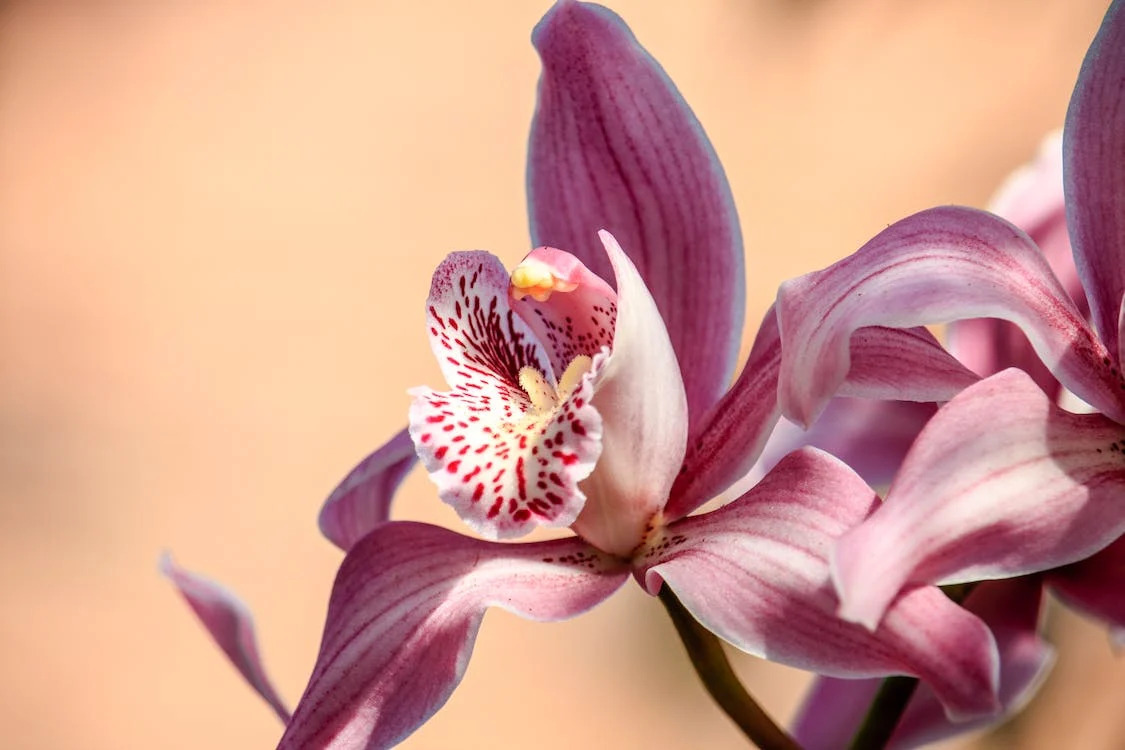
The orchid flower has been grown by the Chinese for approximately 2000 years. According to rumors, this plant existed before the continents moved!
As a result, the Chinese have enjoyed it ever since the beginning of time. They stand for marriage, love, fortune, beauty, and unity. Chinese academics have long referred to orchid blooms in their research or writing.
7. Camellia
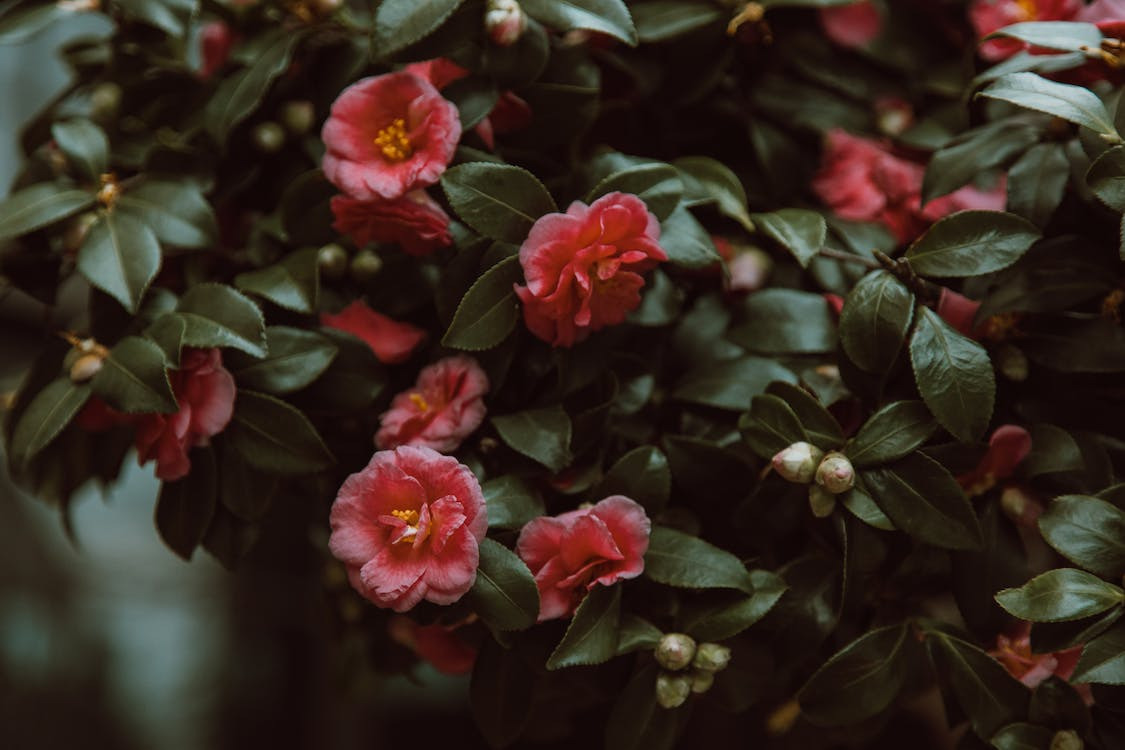
Camellia japonica L. is a flower that can produce tea. Pearl River Basin, East Yangtze River Basin, and Yunnan Province are the native home of the camellia.
Chinese people frequently send this flower as a gift to their partners because it represents attractive women.
The camellia is symbolic of perfection, passion, and faithfulness. A fun fact about Camellia is that its oil is to keep knives and blades sharp.
8. Azalea
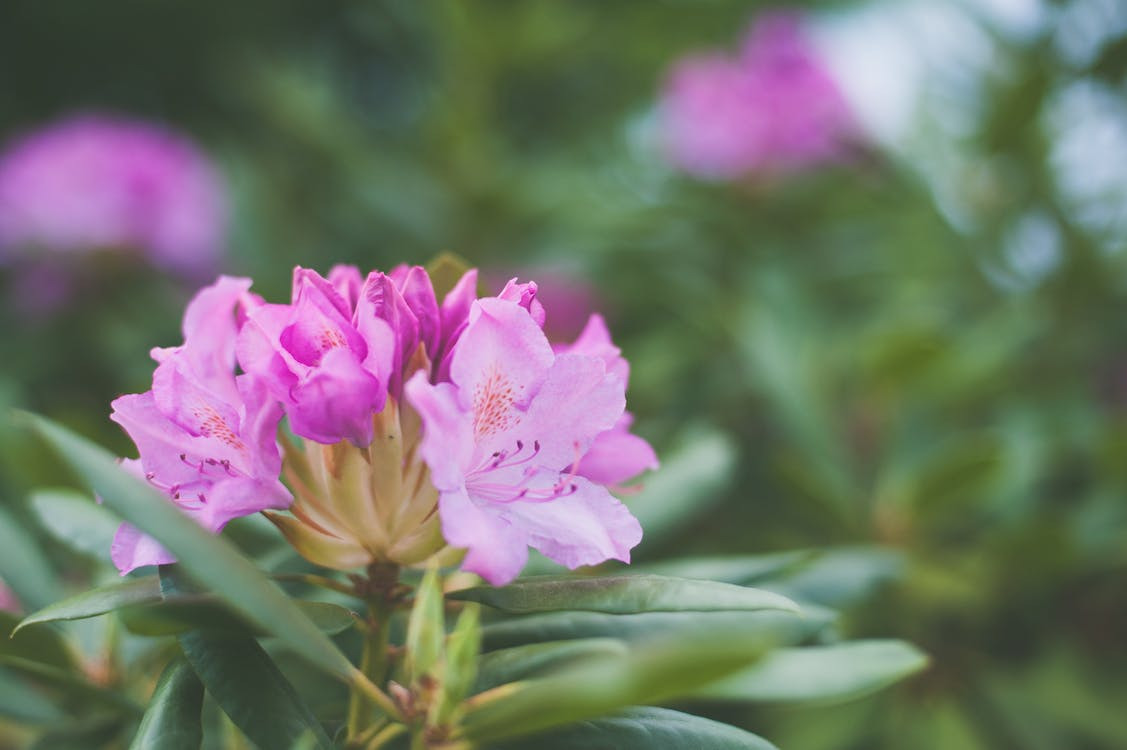
Azaleas, also known by their scientific name Rhododendron Planch, are beautiful flowers that bloom in the spring. They might have petals like cream, red, pink, or white.
Although poisonous, the Chinese believe they symbolize happiness and prosperity, and some Chinese provinces have chosen them as their national flower. Some ancient physicians have studied and prepared this flower as medicine.
Azaleas are the provincial flowers of the provinces of Jiangxi, Anhui, and Guizhou.
9. Osmanthus
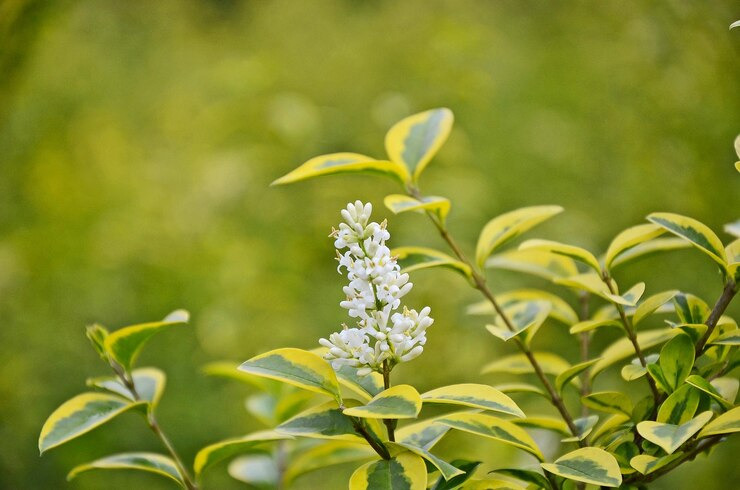
Osmanthus, one of the most well-known Chinese flowers, has been featured in poetry collections in China for hundreds of years.
It can grow as tall as 39 feet. This flower is typically white, and the fruit is a little berry with just one seed within.
Osmanthus represents fidelity, fertility, love, dignity, and wealth. It is utilized in local Chinese cuisine and has a strong fragrance. This flower is for brewing tea in China as well. Osmanthus emits strong, delicious flavors.
Many poets in ancient China gave osmanthus high acclaim for their works. The osmanthus is a fragrant flower that is prominent in Chinese culinary tradition.
10. Narcissus
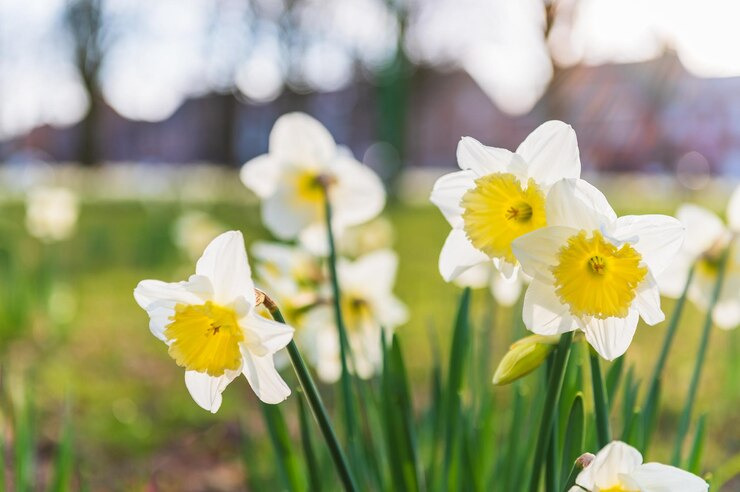
Due to its beauty and scent, the Narcissus has appeared in China for more than a thousand years and is now one of the top ten most famous flowers. The Narcissus grows in the provinces of Fujian and Zhejiang, among other places.
According to esoteric theory, the flower can drive bad spirits away. In Chinese culture, the flower’s golden and white petals stand for prosperity, silver, and gold.
This fragrant flower, which blooms early in the year, has come to represent the Chinese Lunar New Year because of its early blooming.
FAQs
Which flower color represents luck in China?
In Chinese culture, pink and red are the colors of celebration, luck, and happiness. People often use these two colors in traditional festivals to pray for a future full of luck.
What is the most famous flower in China?
In China, the plum blossom is the most well-known flower. It stands for resiliency and tenacity in the face of difficulty. Ancient trees are all over China since plum trees can often live a very long time.
What do yellow flowers mean in China?
Yellow flowers are all about joy and happiness. Golden blossoms are particularly plentiful around Chinese New Year and frequently symbolize riches and fortune in Chinese culture.
Conclusion
Above are the top ten flowers that are very famous in Chinese culture. Each flower has its meaning, and it can be joy, luck, or happiness.
Understanding the symbol of a flower will help you better understand Chinese culture. To read more articles about this country’s culture, visit our website!

